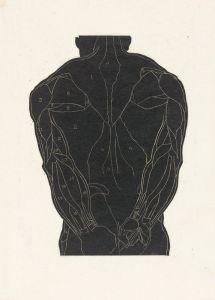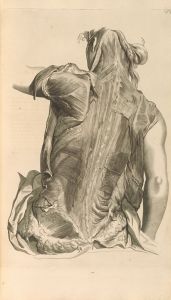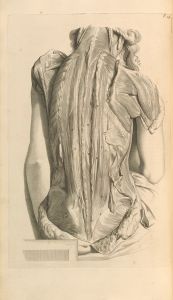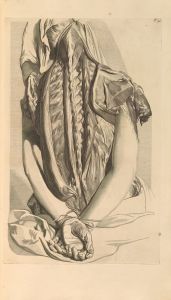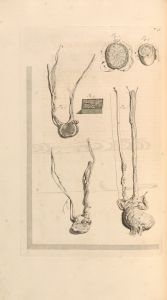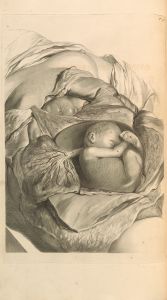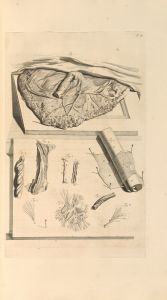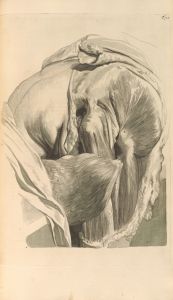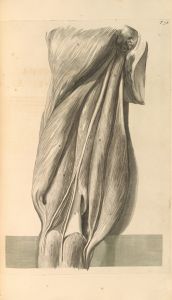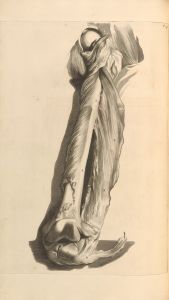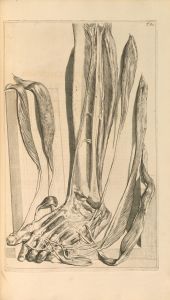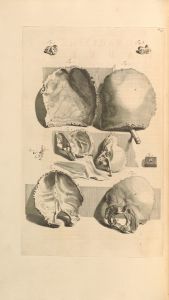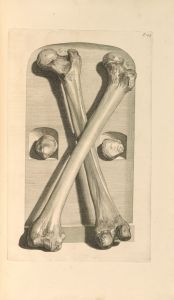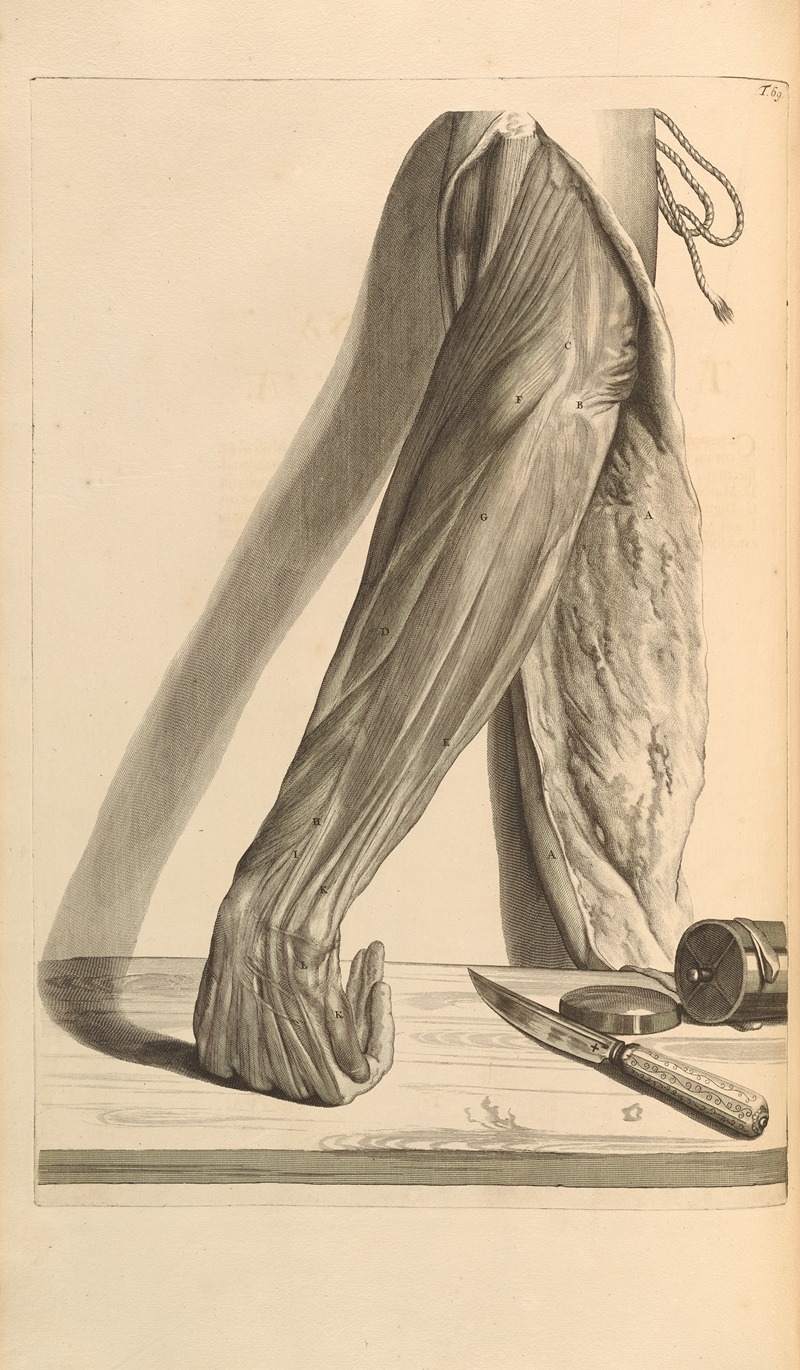
Anatomia humani corporis Pl.070
A hand-painted replica of Gerard de Lairesse’s masterpiece Anatomia humani corporis Pl.070, meticulously crafted by professional artists to capture the true essence of the original. Each piece is created with museum-quality canvas and rare mineral pigments, carefully painted by experienced artists with delicate brushstrokes and rich, layered colors to perfectly recreate the texture of the original artwork. Unlike machine-printed reproductions, this hand-painted version brings the painting to life, infused with the artist’s emotions and skill in every stroke. Whether for personal collection or home decoration, it instantly elevates the artistic atmosphere of any space.
Gerard de Lairesse was a prominent Dutch Golden Age painter and art theorist, known for his classical style and influence on the art of his time. Born in Liège in 1641, de Lairesse moved to Amsterdam, where he became a leading figure in the city's artistic community. His work is characterized by its adherence to classical ideals and often features mythological and historical subjects.
One of de Lairesse's notable contributions to art is his involvement in the creation of anatomical illustrations, particularly for the book "Anatomia Humani Corporis" by the Dutch anatomist Govard Bidloo. Published in 1685, this book is a significant work in the history of anatomy, featuring detailed illustrations that were groundbreaking for their time. The illustrations in "Anatomia Humani Corporis" were engraved by Abraham Blooteling and others, based on drawings by Gerard de Lairesse.
Plate 070 from "Anatomia Humani Corporis" is one of the many detailed anatomical illustrations found in the book. These illustrations were intended to provide an accurate and comprehensive view of the human body, aiding in the study and teaching of anatomy. De Lairesse's work on these illustrations reflects his skill in rendering the human form with precision and clarity, qualities that were highly valued in both art and science during the 17th century.
The collaboration between de Lairesse and Bidloo represents a significant intersection of art and science. At the time, anatomical studies were becoming increasingly important in medical education, and accurate illustrations were essential for conveying complex information about the human body. De Lairesse's ability to depict the intricacies of anatomy with artistic finesse made him an ideal collaborator for Bidloo's ambitious project.
"Anatomia Humani Corporis" was published at a time when the study of anatomy was undergoing significant advancements. The book's detailed illustrations helped to disseminate new knowledge and understanding of human anatomy, contributing to the broader scientific revolution of the period. De Lairesse's involvement in this project highlights the important role that artists played in the advancement of scientific knowledge during the Dutch Golden Age.
Gerard de Lairesse's work on "Anatomia Humani Corporis" is a testament to his versatility as an artist and his ability to apply his skills to a variety of subjects. While he is primarily known for his mythological and historical paintings, his contributions to anatomical illustration demonstrate his capacity to engage with scientific subjects and collaborate with leading figures in other fields.
In summary, Gerard de Lairesse's illustration for Plate 070 in "Anatomia Humani Corporis" is a reflection of his artistic talent and his contribution to the field of anatomy. His work in this area exemplifies the fruitful collaboration between art and science during the Dutch Golden Age, highlighting the important role that artists played in the dissemination of scientific knowledge.





